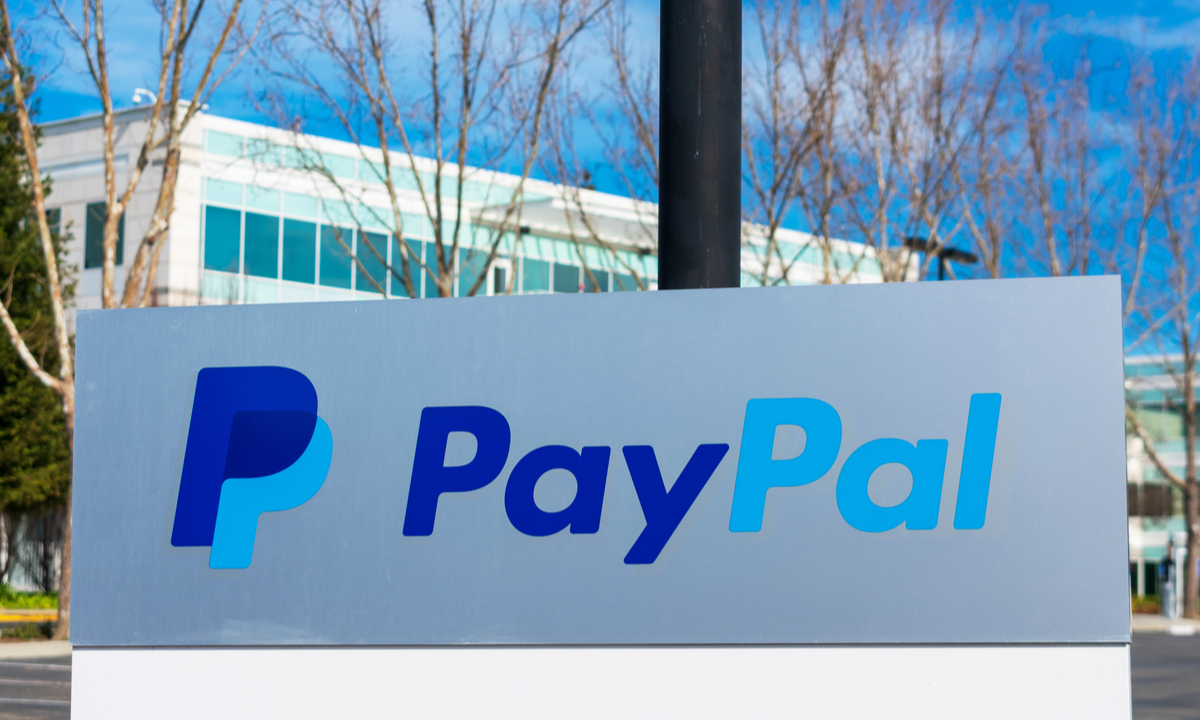PayPal Buy Now, Pay Later Grabs $6B of Payment Volumes, Up 70%

PayPal’s latest earnings results show users are transacting more often, and buy now, pay later is increasingly embraced at checkout.
The company’s earnings materials show that it ended the quarter with 433 million active accounts, up 1% year over year, including 35 million merchant accounts.
Transactions per active account were 13% higher to 53.1.
Total payments volume gained 12% on an foreign exchange (FX)-neutral basis to $355 billion.
Peer-to-peer (P2P) total payments volume (TPV), which includes PayPal, Venmo, and Xoom, increased 2% to $91 billion and represented 26% of TPV. Venmo TPV increased 9% to $62.7 billion, accelerating 6% from the fourth quarter of last year.
Cross-border TPV represented 13% of TPV, compared to 14% last year.
CEO Dan Schulman told analysts on the conference call that TPV from PayPal’s branded checkout “meaningfully accelerated” to 6.5% growth, while unbranded TPV was up 30% on an FX-neutral basis.
But, as he cautioned listeners on the call, “even with this strong start, there remain many challenging issues to navigate. As we look forward, both the macroeconomic and geopolitical environments are complex and difficult to predict in these times.”
Nonetheless, some positive trends remain firmly in place. Schulman said during the call that the March cohort of new accounts had 24% higher transactions per account and 40% higher average revenue per account than in March of last year.
He noted further that PayPal’s complete payments platform — with APMs, vaulting, and real-time card updates and payouts in the mix — “opens a new $750 billion TAM [total addressable market] in the small and midsize business market with a significantly enhanced margin structure compared with our largest enterprise customers. Our Braintree and PayPal Complete payments platforms are also expanding overseas, where we can drive higher margins,” he said.
BNPL’s Appeal
With a nod to buy now, pay later’s appeal, he said that more than 32 million consumers have used the option since inception — and the option is available at roughly 3 million merchants. In the quarter, $6 billion of TPV was up 70% on a currency neutral basis.
See also: PayPal Backs Australia’s BNPL Regulation Plans
Acting CFO Gabrielle Rabinovitch said that the company’s reserve coverage ratio increased sequentially to 7.8% in Q1 from 7.4%, reflecting growth in the consumer receivables portfolio and some deterioration in our PayPal business loans portfolio relative to the same quarter last year.
“We continue to be pleased with the quality and diversification of our credit portfolio and are closely monitoring the macroeconomic environment while making appropriate adjustments to ensure we continue to perform with our within our internal risk appetite,” she said. And looking ahead, management expects revenue growth to be roughly in line with its performance in the first half of the year.
Investors sent the shares down a bit more than 4% after hours, even as management noted that operating margins will expand as well, albeit at a more modest pace that had been seen in the first half of the year. Schulman said on the call that “we came into the year with really muted expectations around global eCommerce growth.” Expectations had been for a range of negative 2% to positive 2%, call it flat in general. But with the pickup in the first quarter, he said, growth could be as high as the mid-single-digit percentage points.